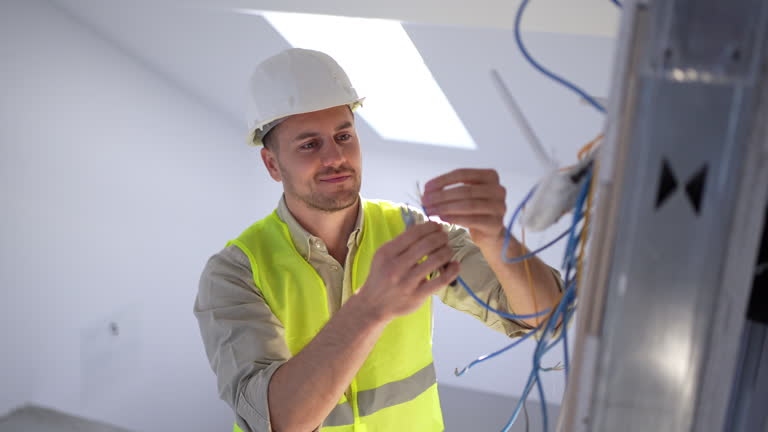HVAC systems, an acronym for heating, ventilation, and air conditioning, are integral to maintaining a comfortable environment in homes. However, their impact extends beyond just controlling temperature; they also significantly influence home décor and interior design. It’s not just about where vents or thermostats are placed; it’s about how the entire system can harmonize with your living space.
One of the most crucial aspects of HVAC systems is airflow. Proper airflow ensures that every corner of the house gets evenly heated or cooled. However, this doesn’t happen by chance but rather through careful planning during installation. In many cases, homeowners may need to adjust their home décor to accommodate optimal airflow.
For instance, furniture placement plays a key role in ensuring efficient HVAC performance. Blocking vents with sofas or shelves can obstruct airflow leading to inefficient heating or cooling and higher energy bills. Therefore, when arranging furniture pieces around your home, always consider where your vents are located.
Additionally, window treatments such as blinds and curtains can significantly affect HVAC efficiency too. While they add aesthetic appeal to any room and provide privacy when needed, they also play a vital role in insulation. During winter months heavy drapes help keep warm air inside while in summer light-colored blinds reflect heat away from windows reducing cooling needs.
Moreover, color schemes used within rooms have been found to influence perceived temperatures – lighter colors tend to make spaces feel cooler while darker hues create an impression of warmth making them ideal for colder climates.
Another aspect often overlooked is the material used for flooring which can affect heat absorption and retention thus impacting overall climate control within homes. Carpets work best at retaining heat making them ideal for colder regions whereas tiles remain cool underfoot even during hot summers proving beneficial in warmer climates.
Incorporating plants into your décor not only adds beauty but also improves indoor air quality as they naturally filter pollutants from the air increasing overall HVAC efficiency.
Lastly yet importantly is considering ceiling fans which supplement HVAC systems. They help circulate air more efficiently reducing the amount of work your system has click to learn more maintain desired temperatures. When choosing ceiling fans, it’s essential to consider their size and style so they complement your home décor while serving their functional purpose.
In conclusion, understanding how HVAC systems interact with home décor can lead to energy efficiency and cost savings. It also helps create a comfortable living environment that is aesthetically pleasing. Homeowners should therefore always consider airflow and interior design when installing or upgrading their HVAC systems for optimal comfort and efficiency.

